Which medium was the big winner in 2021?
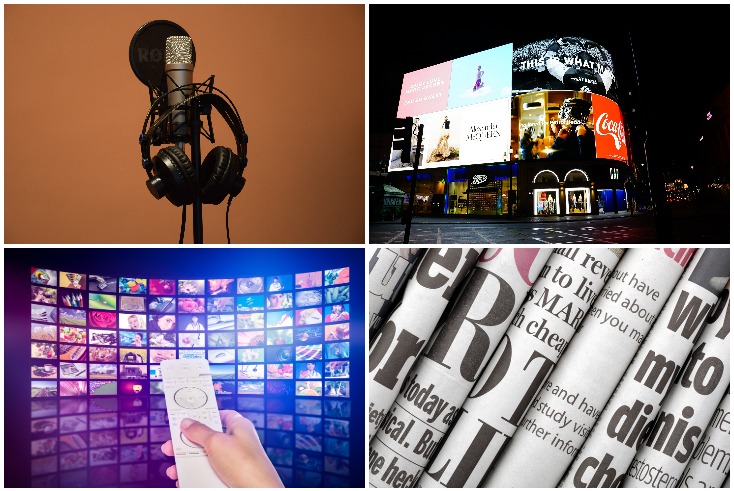
Advertising has been recovering from the pandemic, but which channel bounced back quickest and biggest this year?
Mediatel News spoke to media owners, agency execs, publishers, columnists and specialists to get their opinions.
The ad agency exec
Larissa Vince, CEO TBWA\London
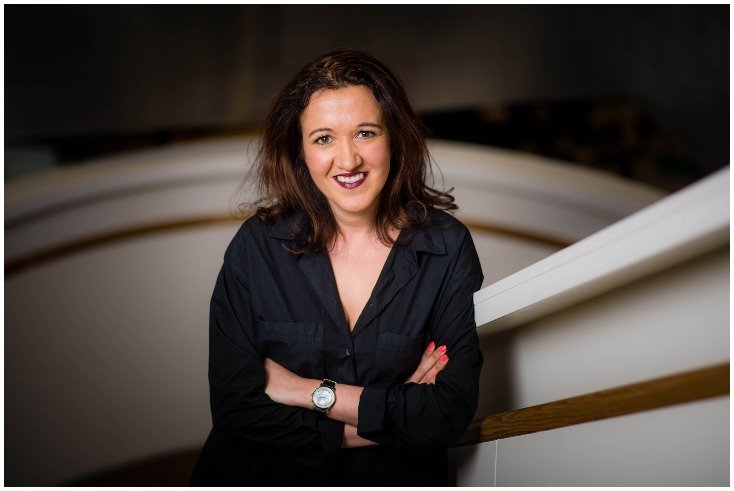
“I’ve been rather loving the high impact return of outdoor over the last year or so. It’s really come back with a bang.
“Sometimes that’s been through innovation – like the work we did for Nissan Qashqai where the car bursts out of the screen.
“Often though, it’s just by using brilliant, old-fashioned copywriting, like Channel 4’s “it’s rude not to stare” for the Paralympics, or fabulous art direction, like “Lights on” for McDonald’s.
“It’s been great to see such an established medium properly reinvent itself.”
The columnist
Nick Manning, co-founder of Manning Gottlieb OMD, CSO at Ebiquity and owner of mentoring business, Encyclomedia

“Surely there is only one candidate for ‘medium of the year’, isn’t there? Television has had a stellar year and has proven yet again that there is no better place to advertise if you want brand growth. Many of the new generation of brands have realised this as their acquisition channels show signs of attrition.
“We are blessed by the best TV content of all time presented through extraordinary technology using the richest ever palette of techniques. It also reminds us how ‘user-generated content’ (ie amateur) is usually, er, crap, and a bad context for advertising.
“There is a ‘but’. ‘Big Telly’ has never been in better shape but TV advertising is not. Leaving aside the ‘ads were better in my day’ argument, the explosion of innovation in TV content has not been matched by developments in how TV is planned, bought and sold.
“There are notable exceptions, with ITV and Channel 4 setting a hot pace in addressable TV and Sky continuing to benefit from NBC’s ownership, but some antiquated TV trading mechanics continue to prevent UK broadcasters from unleashing their full potential as they struggle to compete versus the streamers and subscription-driven players.
“Imagine what our industry could achieve if given free rein, and could take better advantage of the strength of the content that we enjoy. They may even be able to stop the excessive repetition of really poor ads in high quality programming on catch-up that gives people real reasons to leave the room or fast forward.”
The newsbrand
Martin Little, audience transformation director, Reach

“Newsletters are a game-changer, and we’ve only just scratched the surface of their potential. We’ve expanded our newsletters from a mere handful at the start of 2021 to now over 400.
“The format taps into people’s obsessions to give them the content that makes them tick, from entertainment to politics to football; they deliver curated journalism to people’s inboxes on the topics they are genuinely engaged with.
“The figures speak for themselves, and over 2021 the total page views newsletters have generated for Reach titles have more than doubled to over 50 million a month.”
The publisher
Dominic Carter, group chief commercial officer at News UK
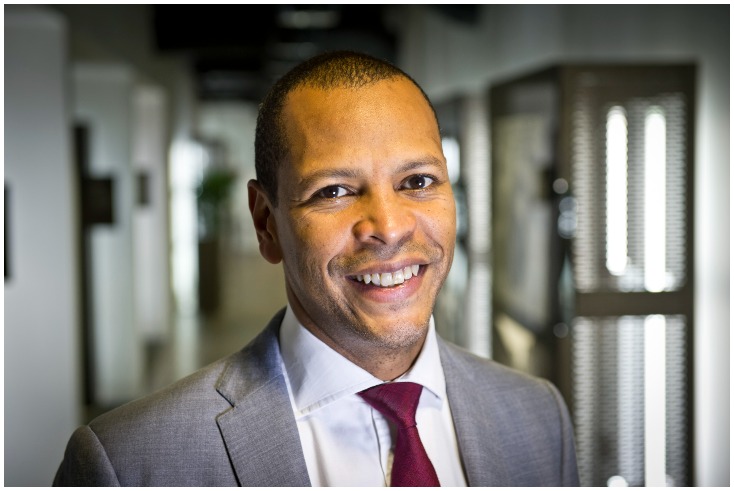
“The most significant medium over the past year has undoubtedly been newspapers. Via print and digital, news brands have played a vital role in communicating trusted information surrounding the pandemic to the public.
“It is no surprise, therefore, that the Government chose this medium to guide the public on how to save lives and stay healthy.
“The quality journalism provided by news brands has also been responsible for some of the most earth-shattering scoops this year – from the Matt Hancock affair scandal to the sexual harrassment uncovered inside Westminster. Already a pivotal source of information, newspapers were truly relied upon in 2021.”
The media agency exec
Nick Wright, MD, Havas Entertainment, part of Havas Media Group

“It’s as obvious as it is hard to ignore, but Meta is the buzzword of 2021 that will become so much more in the future.
“Putting Facebook’s name change to one side, metaverses aren’t just an innovation or trend, they’re a whole new dynamic media ecosystem that every agency and brand should at least understand, even if they’re not ready to jump in feet-first.
“We’ve already seen brands dipping their toes in. It’s no surprise that the likes of Adidas, Vans and Nike have explored this space, but we’re also seeing more traditional brands such as Fidelity and John Lewis do the same.
“2022 will see huge investments and focus in this area as brands establish their voice, footprint and experiences. It’s all media, just not as we know it.”
The OOH specialist
Aoife Hudson, deputy managing director, Talon Ireland

“The OOH industry has grown considerably, with Q3 expenditure reporting a 43% increase YOY.
“The pandemic has taught us many things but from an advertising point of view, I think we have all learned the importance of agility and that is where DOOH excelled in 2021.
“Now accounting for 40% of total OOH spend, DOOH became an essential communications tool, serving the needs of advertisers through its core capabilities of agility and flexibility.
“We saw increases in both dynamic content and programmatically bought DOOH which allowed advertisers to plan and buy with a smarter approach whilst consumer’s needs and behaviours were in flux.”
The camera and AR specialist
Sam Bevan, director emerging EMEA, Snap
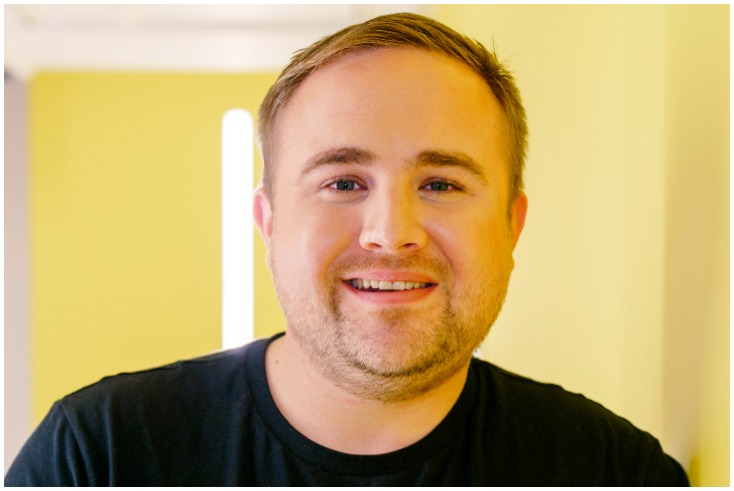
“It has been happening for years but in 2021, the camera, and particularly Augmented Reality (AR) firmly came into its own as the key driver of social commerce and shopping across the board.
“While AR-powered Virtual Try On has been around for a while, this year at Snapchat we saw both digital only and ‘traditional’ outlets of all sizes and verticals embrace the ecommerce tools available to them across the entire shopping journey.
“This is great news for customers who get a better experience, and great news for brands and outlets who can now meet, engage and connect with their customers wherever they are.”
The ad agency exec
Fiona Gordon, CEO UK, Ogilvy
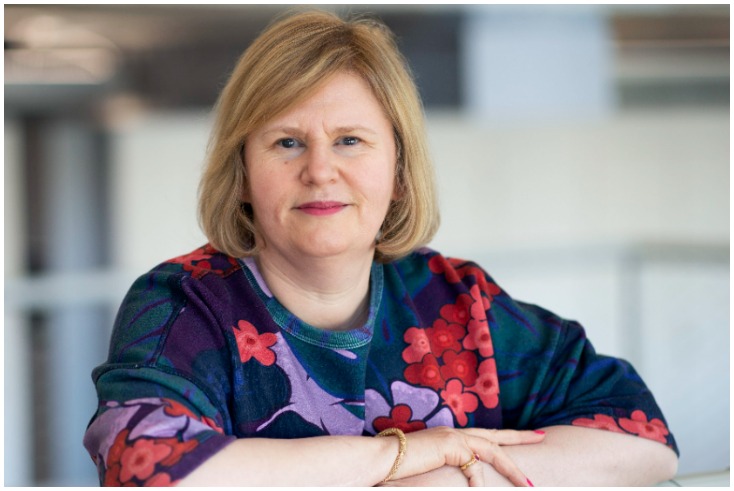
“In 2021 Influencers have become a media in their own right. They stopped being a garnish and have become a main ingredient.
“2022 will see Influence become fundamental to the marketing mix. The future of brand success is built on influence, those businesses who recognise this new reality will be the ones who become the new establishment brands.
“Those keeping influencers on the periphery are making a big mistake. For brands to be relevant, influencers should absolutely be at the heart of consumer engagement.”
The big screen specialist
Karen Stacey, CEO Digital Cinema Media
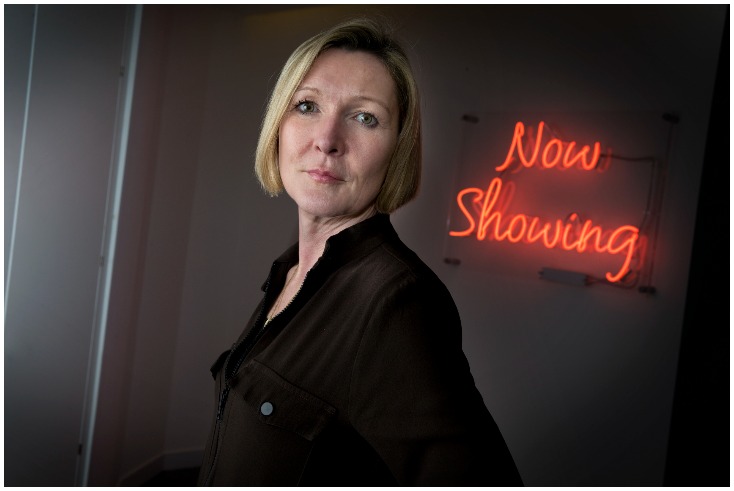
“For me, TV is the star of 2021. The medium has adapted to growing brand needs that were made relevant due to the altered landscape during the ongoing pandemic, transforming how television advertising is approached.
“In particular, addressable TV, which has become one of the hottest areas, combining targeting, engagement and reach, alongside the growing trend of direct to consumer (D2C) categories and shorter booking deadlines, which have meant more flexibility.
“Contextual targeting is also making a comeback, driving major changes to how brands can target, optimize and measure in privacy-safe and relevant environments. An AV advertising trait that both TV and cinema excel at. Watch out 2022.”
The analyst
Ian Whittaker, media, mar-tech and tech analyst
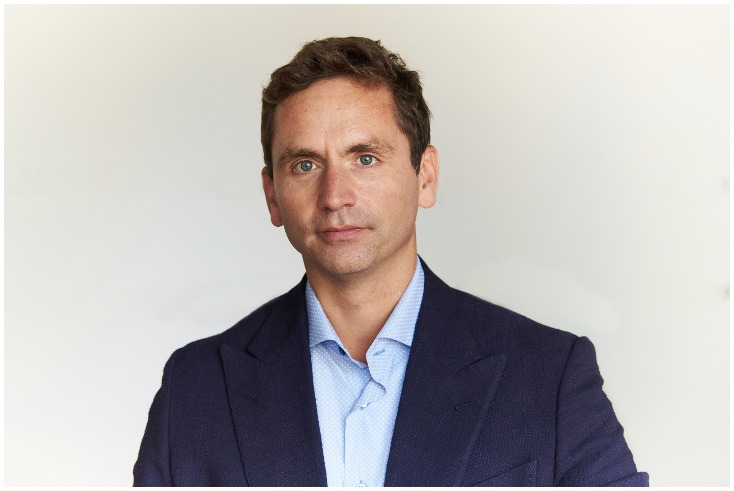
“And the winner is…Broadcasting. Yes, you read that correctly. A few reasons for the choice.
“Firstly, TV advertising not only bounced back strongly compared with the pandemic (fair enough, easy comps) but also improved vs pre-pandemic levels. As an example, ITV Total Ad Revenues are up 8% for the first 9 months vs 2019 helped by AVOD growth. Most major European broadcasters are seeing the same.
“Second, and this is more a theory than rooted in scientific evidence, but TV’s (and I include AVOD in this) status has improved amongst advertisers during the pandemic. My take on this is that decision makers have woken up to the fact TV still plays a central role in many people’s lives (and that streaming services have their limitations).
“Thirdly, the strategy of Broadcasters have taken a big step forwards, whether in programmatic, the growth of AVOD or (more slowly) pivoting to not thinking of themselves as solely linear TV providers.”
The audio specialist
Charlotte Taylor, head of publishing & audio, Spark Foundry

“For me, 2021 has been a brilliant success for Audio. With ad spend for linear radio forecasted to be +18.6% YoY and digital +22.5% (WARC), the numbers speak for themselves.
“The acceleration of digital across all channels has been prevalent and audio has shone through. Digital listening hours are +15% YoY, equating to 665m hours per week. Digital innovation has extended reach, choice and the ability to consume audio content via a variety of new devices and digital channels.
“The podcast sector, in particular, has had a stellar year! 18.9m people in the UK are listening to podcasts weekly, that is +79% since the start of the pandemic and is showing no signs of slowing! The revenue numbers are very impressive, podcasting ad spend is forecasted to hit £44M+ in the UK alone this year and £74M+ by 2024, making it one of the fastest-growing advertising channels.”
It’s an exciting time to be in the audio space and I have no doubt that we’ll be sitting here again in 2022, going – ‘What a year Audio has had!’”
The media owner
Simon Kilby, MD, Bauer Media Advertising

“As working from home and video calling became the norm in 2020, many people experienced screen fatigue and turned to the medium of audio in 2021.
“Add that to the higher take up of smart speakers, and digital audio thrived – across radio, podcasts, streaming and social audio platforms.
“Q3 RAJAR figures showing record reach and hours for UK commercial radio further proved the medium’s resilience and ability to connect, highlighting the opportunity for advertisers. With many of our own clients citing flexibility, speed and ease of production as key benefits, we believe the medium will continue to win in 2022.”
The streaming specialist
Mike Shaw, director of international ad sales, Roku

“Connected TV is the obvious winner. The changes in the way people are watching TV have continued apace and CTV is where the heat is today for media planners and buyers.
“For those that have previously bought linear only, CTV provides granularity like they’ve not been able to achieve before, while digital-first teams can use it to drive brand awareness and short-term growth to engaged audiences.
“2021 has been a breakthrough year for CTV, and it’s going to be exciting to see what 2022 looks like.”
The digital audio specialist
Rak Patel, head of enterprise sales, Spotify EMEA

“Digital audio, like digital video before it, really came of age in 2021 as it became the number one user activity on mobile, outpacing social, video, and gaming.
“Digital audio is now an integral part of life for hundreds of millions of us worldwide: taking the UK as an example, 75% of adults listen to online audio at least monthly, and nearly 60% of adults are now podcast listeners.
“With audio enjoying such a strong 2021, it’s the reason we’ve been able to commit to growing our Spotify Advertising workforce by over 70% in Europe, Australia, and Canada, to take advantage of the massive opportunity for digital audio advertising, and driving innovation with game-changing, first-to-market adtech like Spotify Ad Network and Streaming Ad Insertion for podcasts.”




